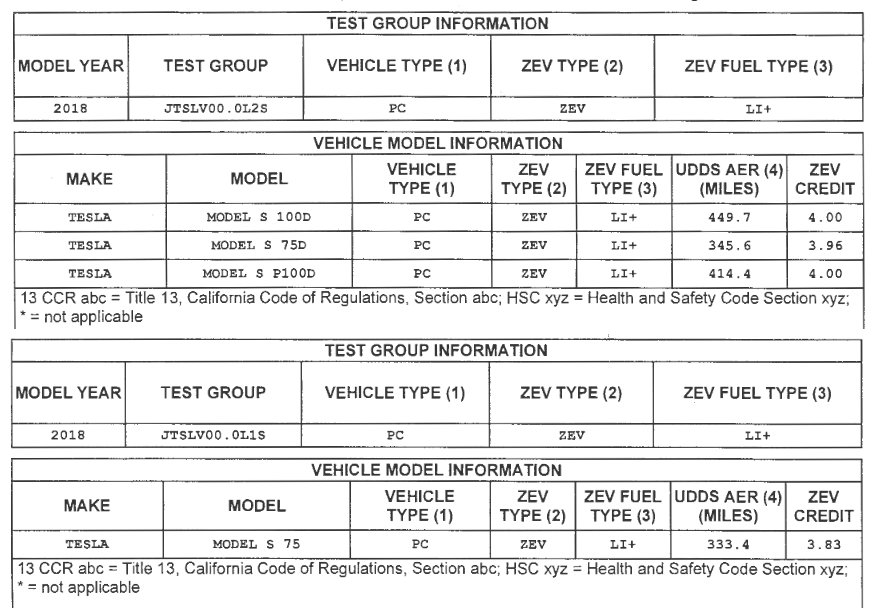Looks like Model S/X are designed with AWD in mind and Model 3 are mean to be RWD for a reason.
Another cue is Tesla dropped RWD on all Model S last year. There is no draw back to use AWD on every single Model S.
However, Model 3 is another story, AWD become a dilemma between best range and maneuverability/speed.
Another cue is Tesla dropped RWD on all Model S last year. There is no draw back to use AWD on every single Model S.
However, Model 3 is another story, AWD become a dilemma between best range and maneuverability/speed.



